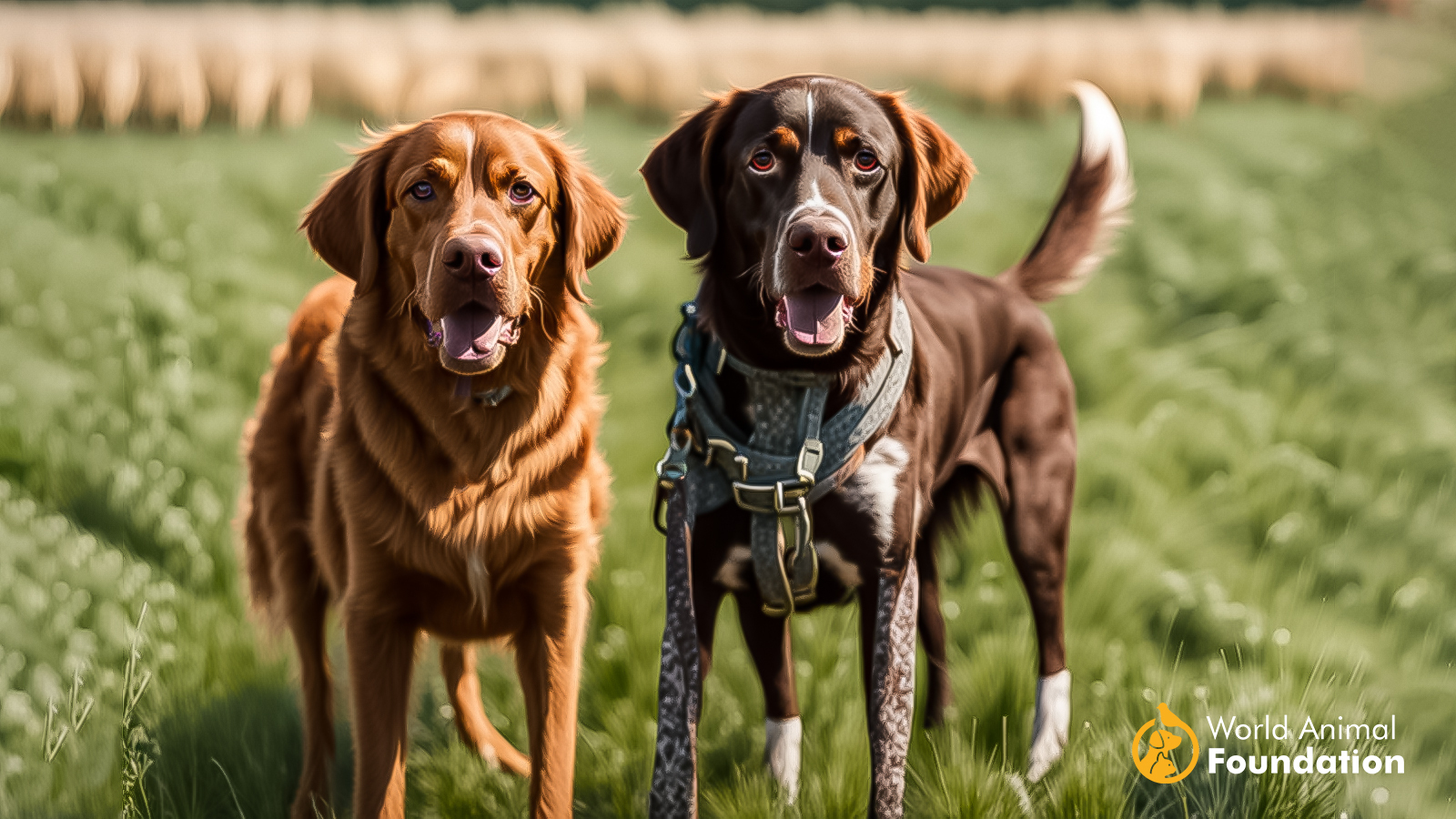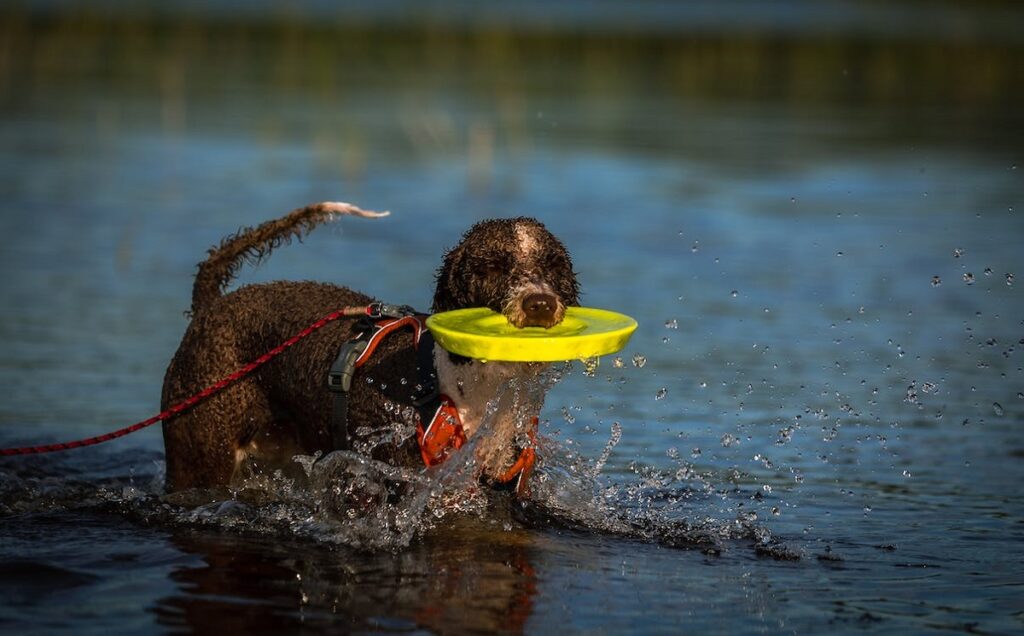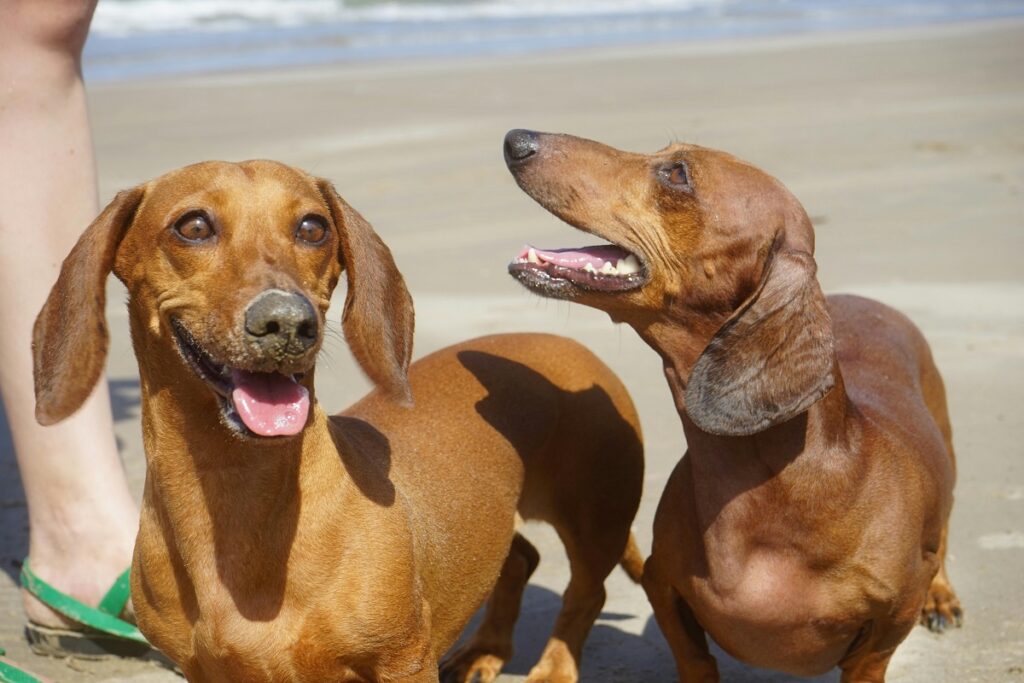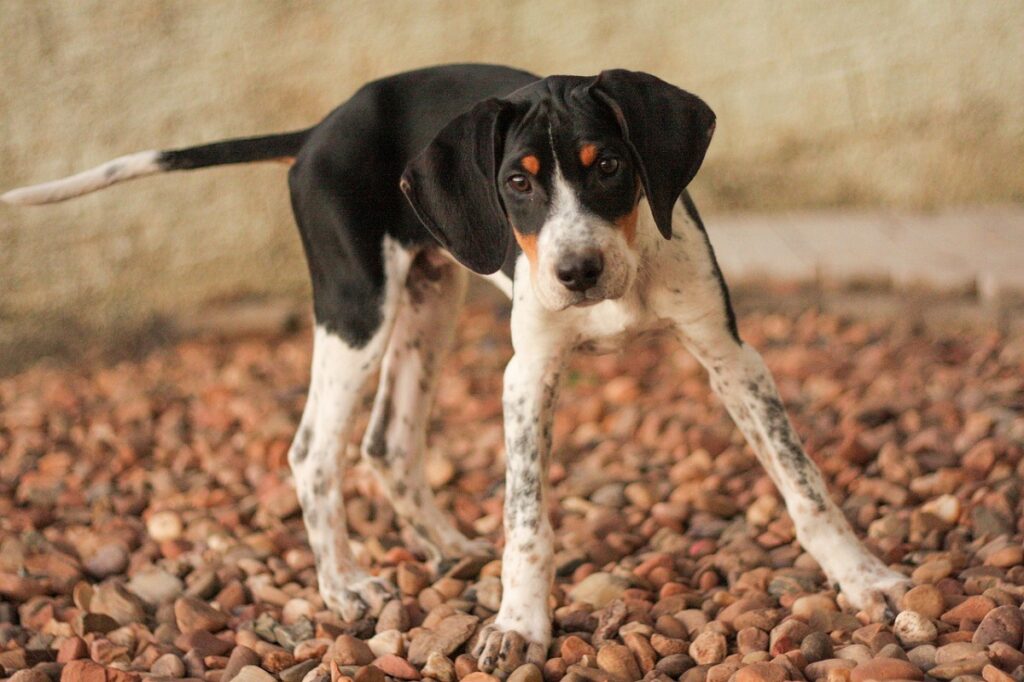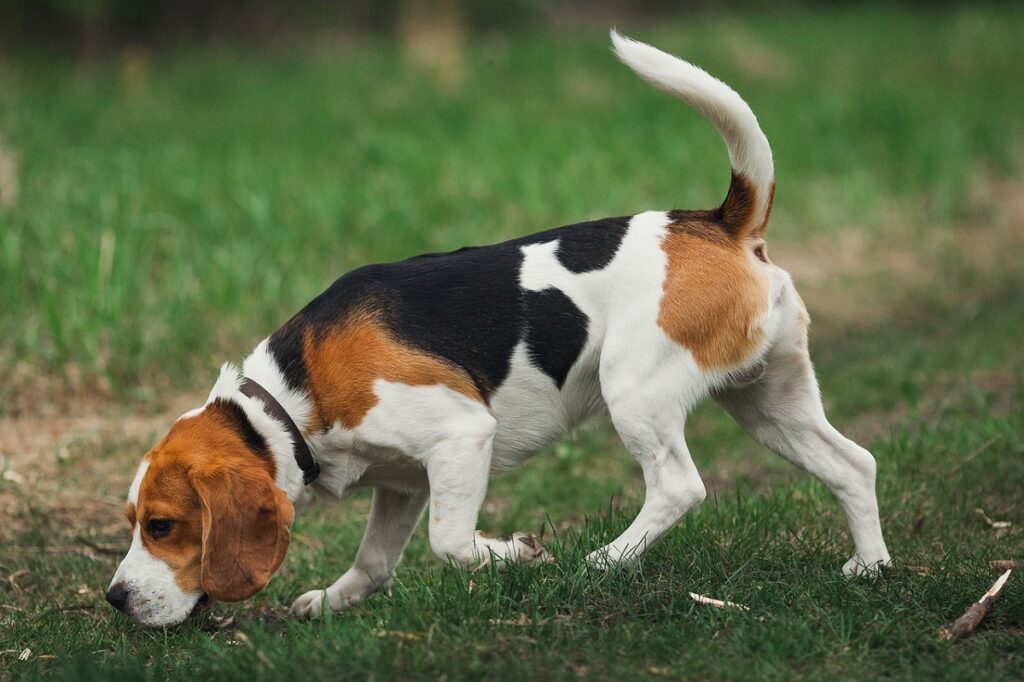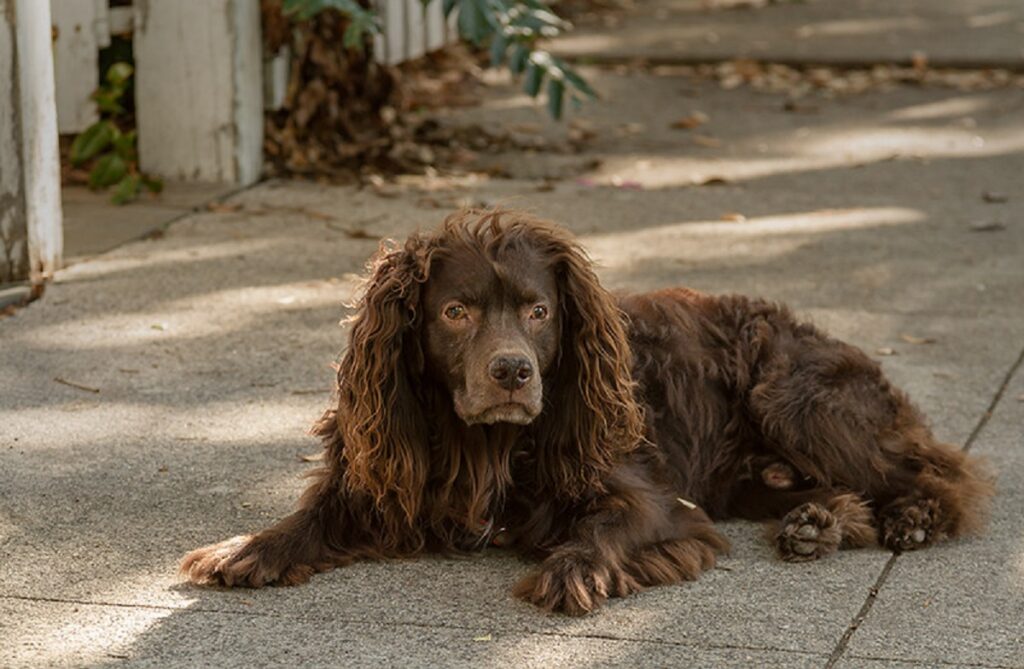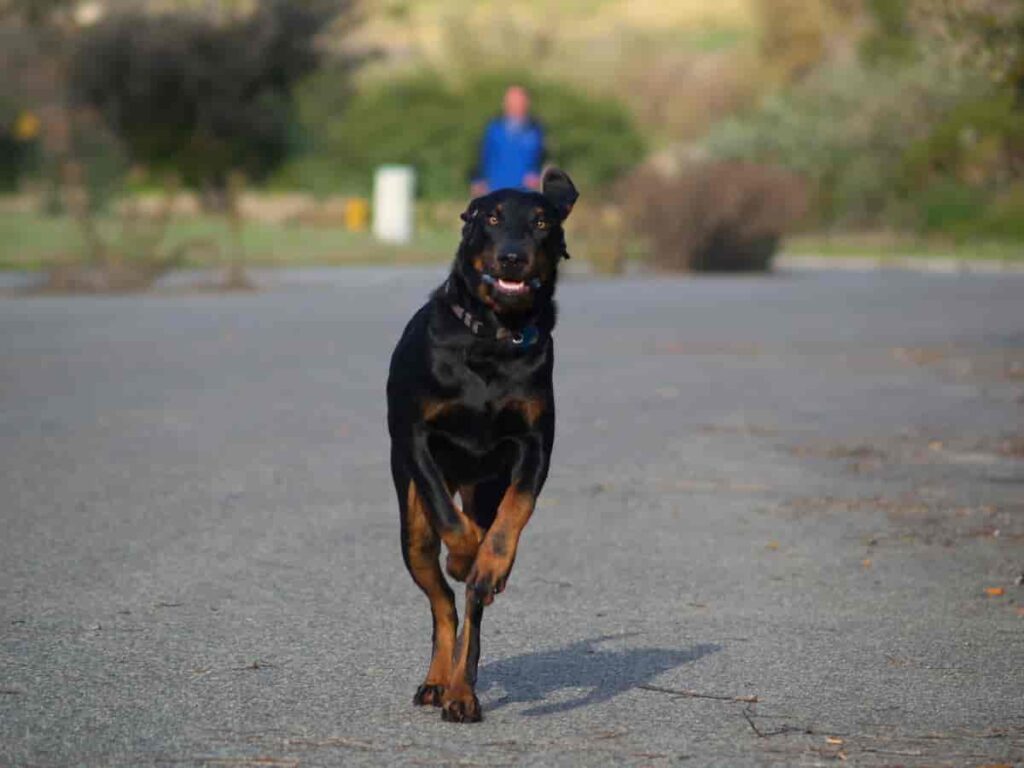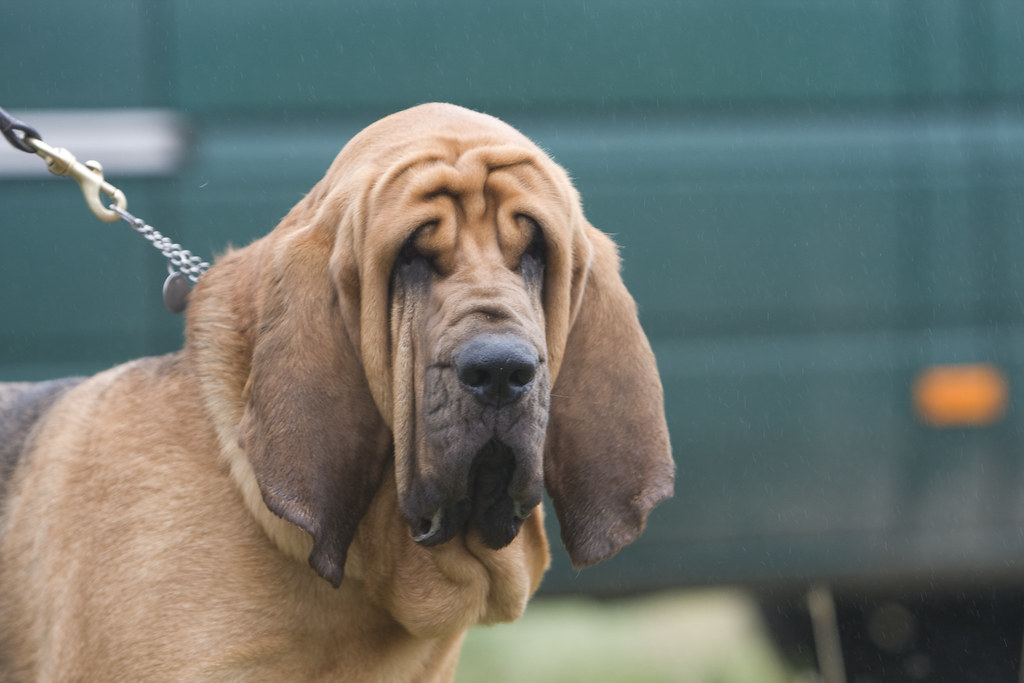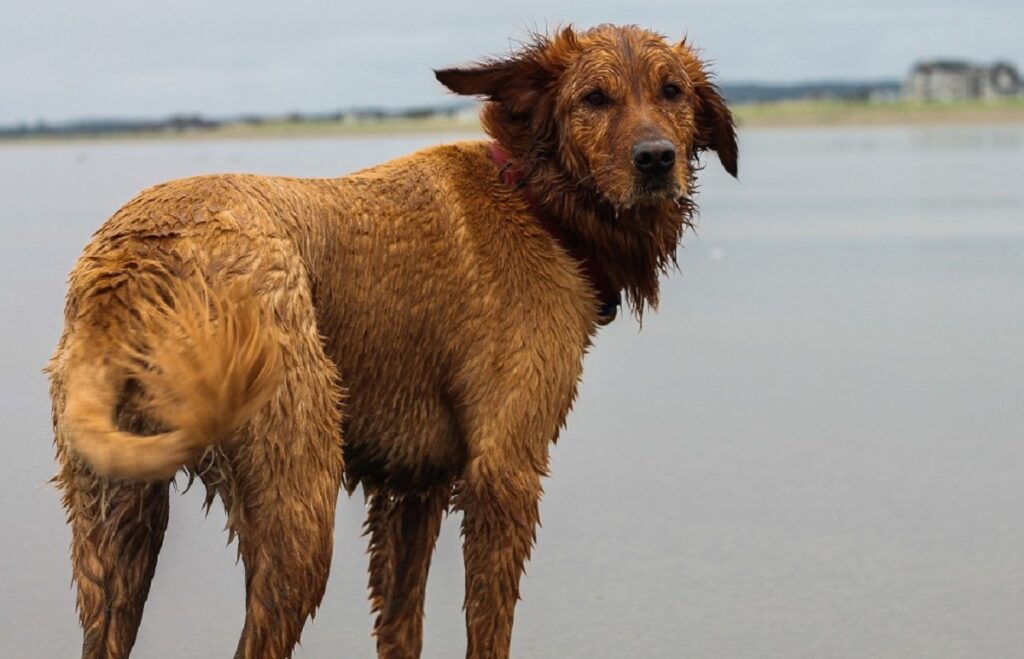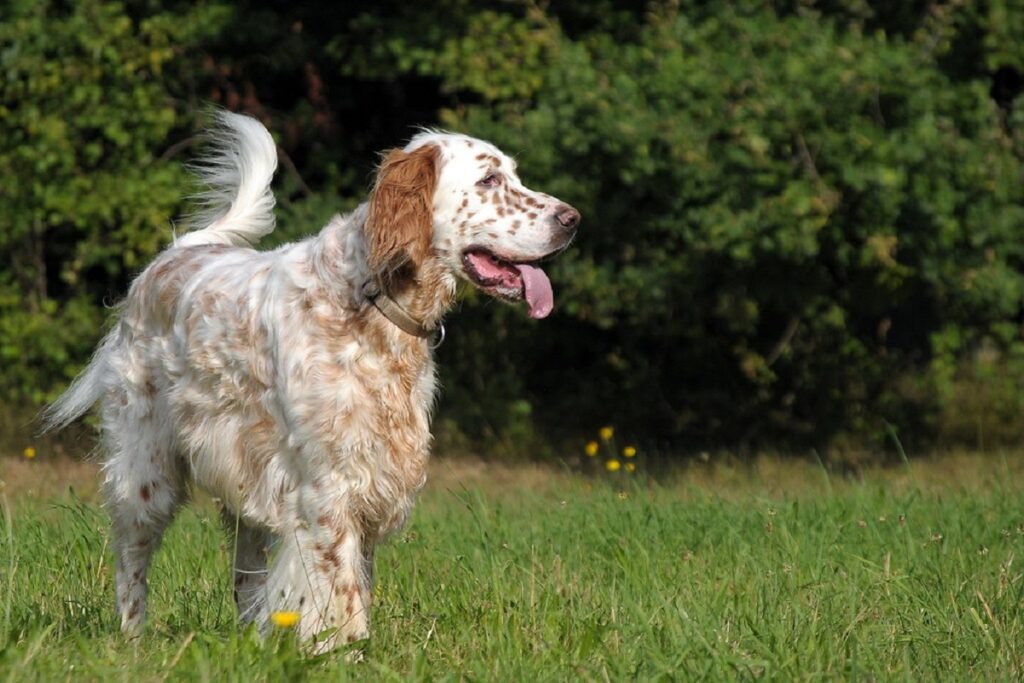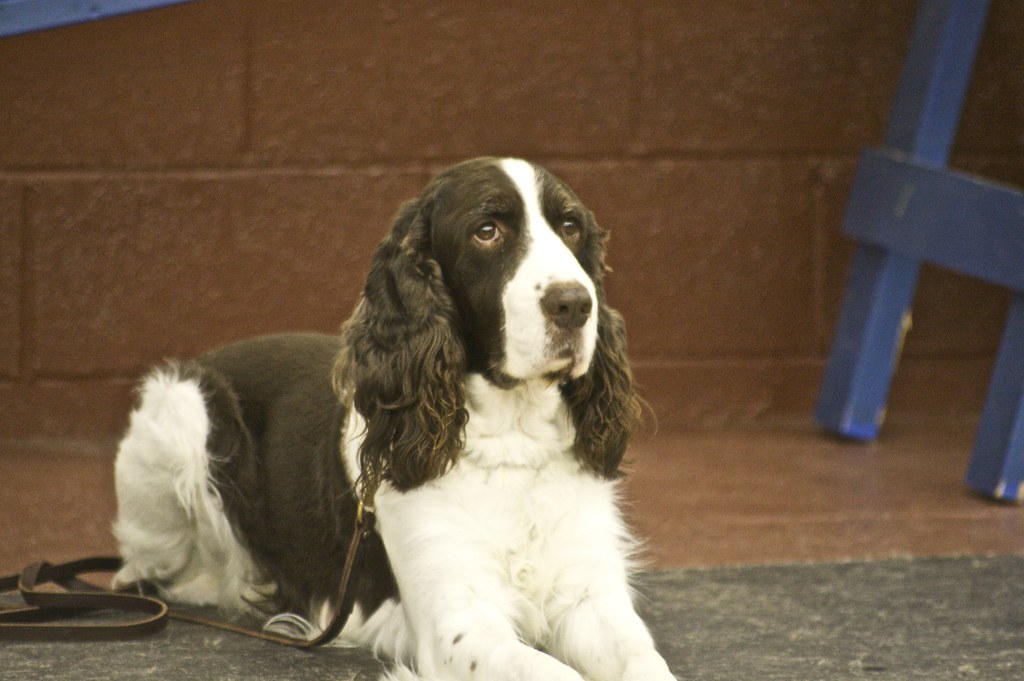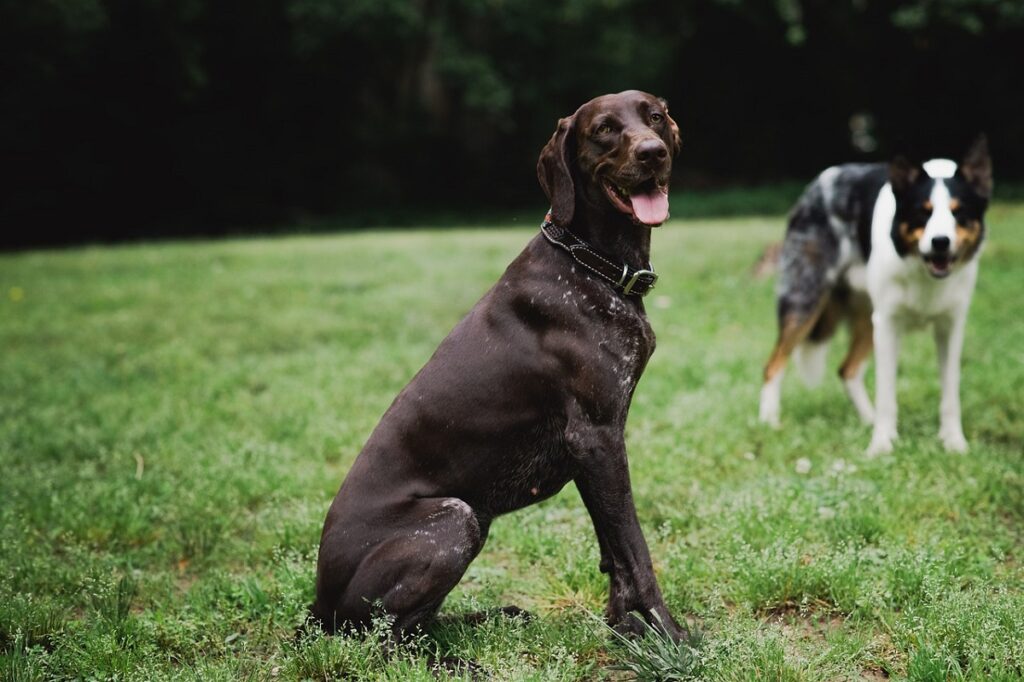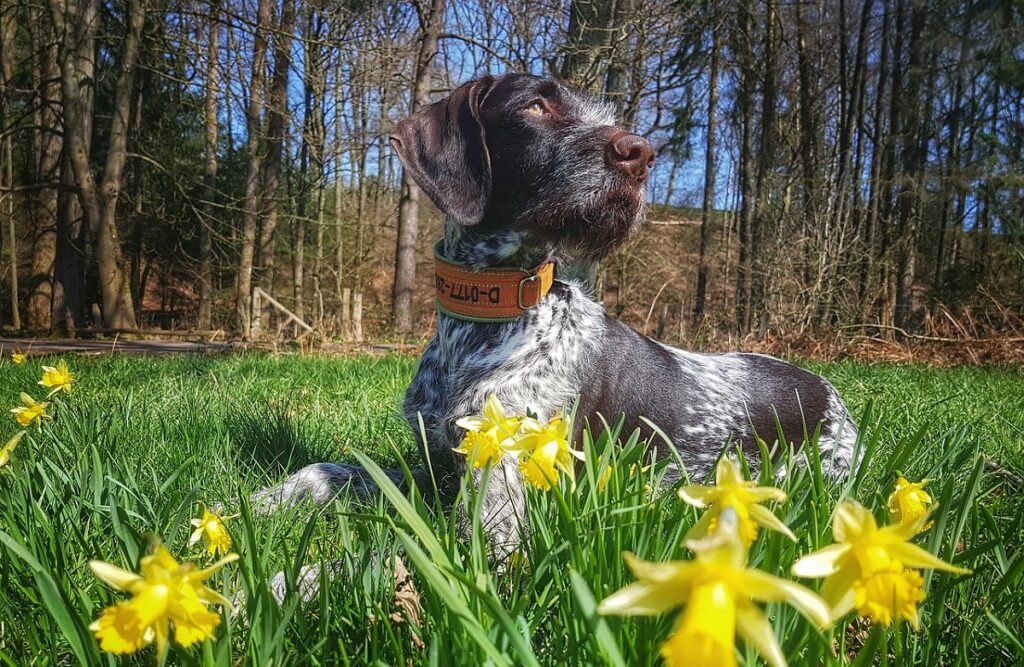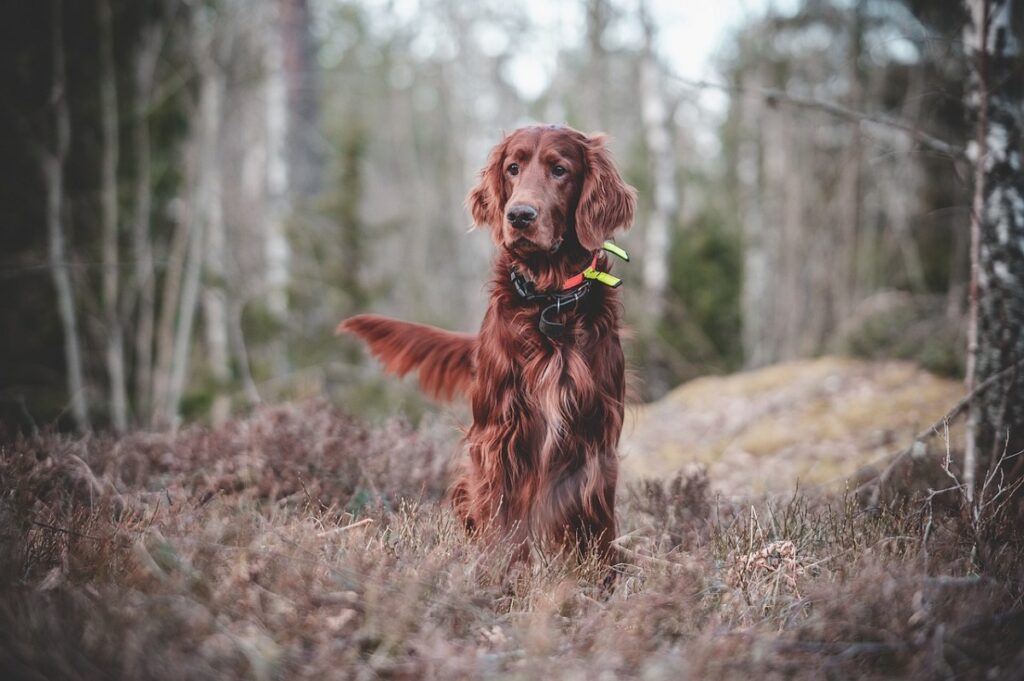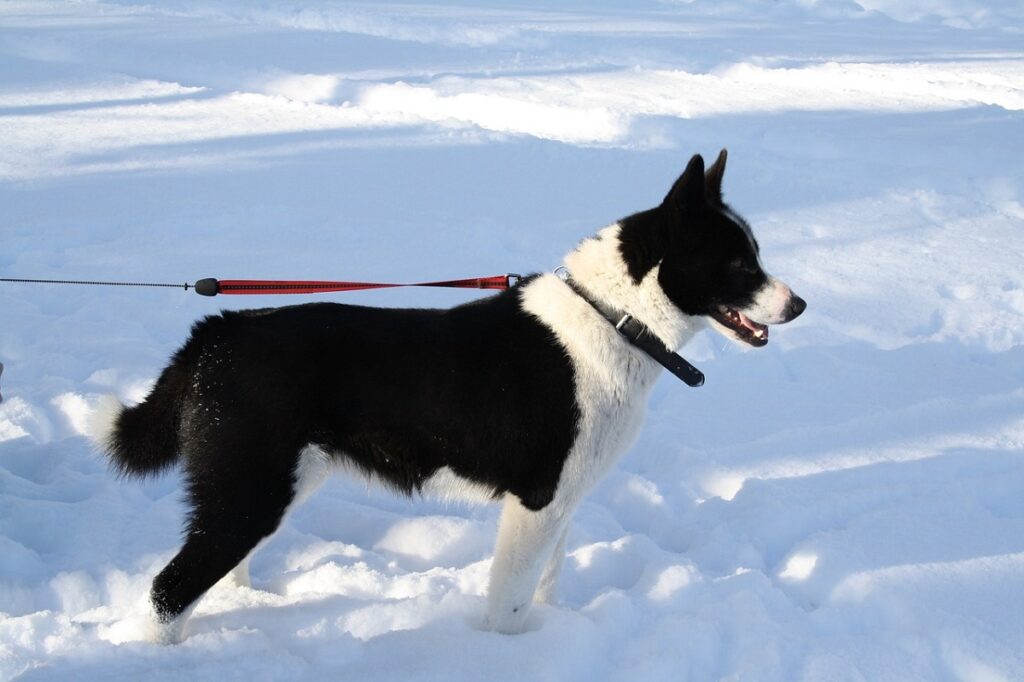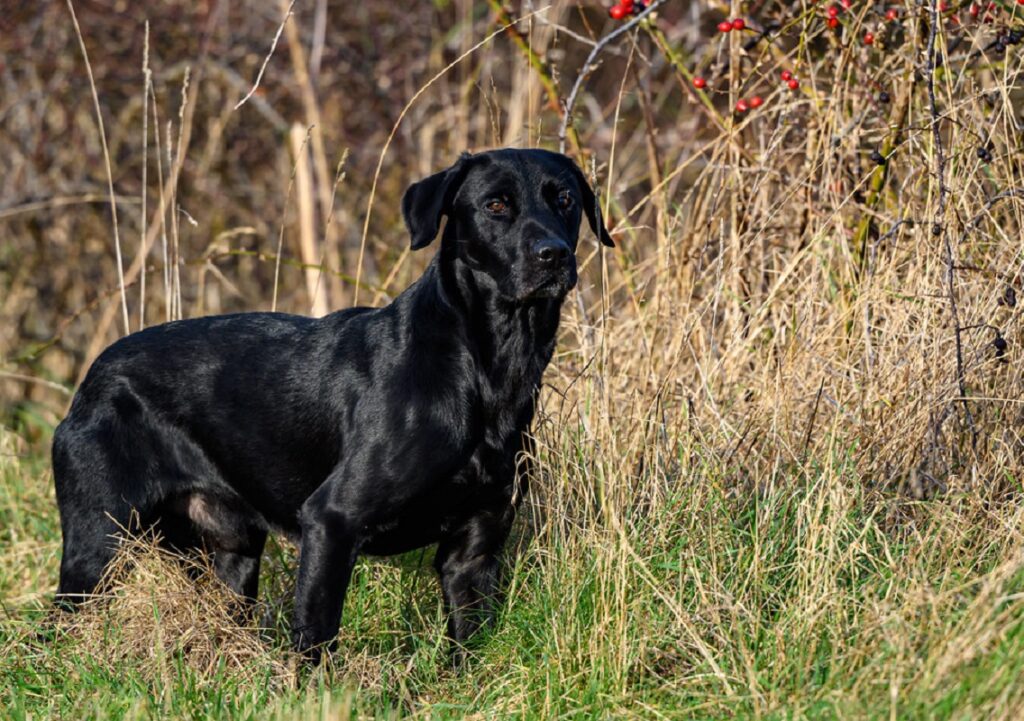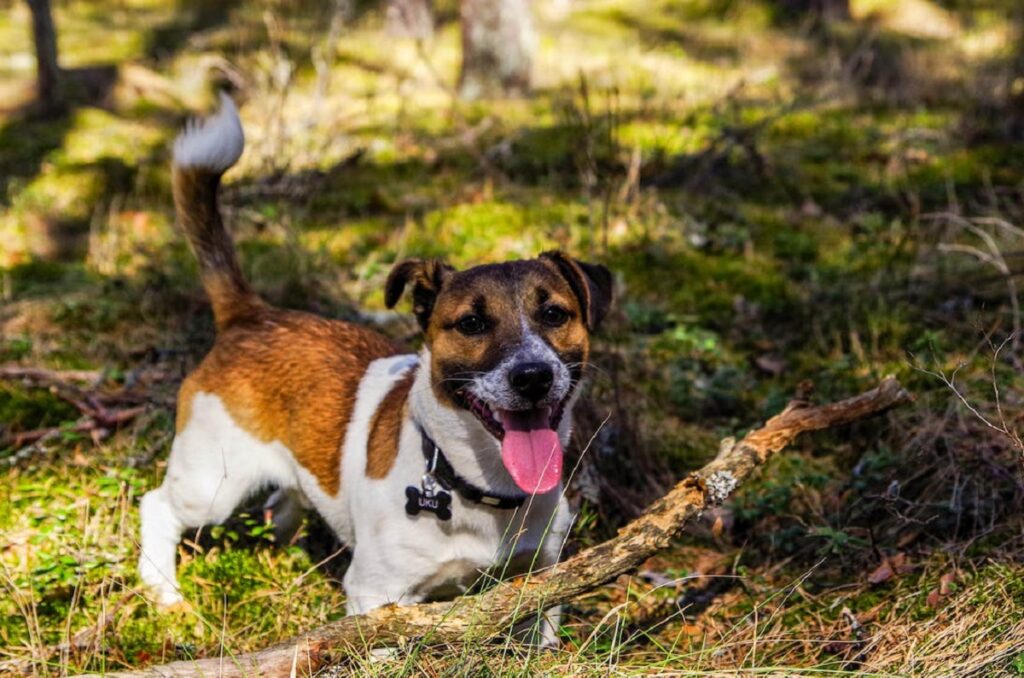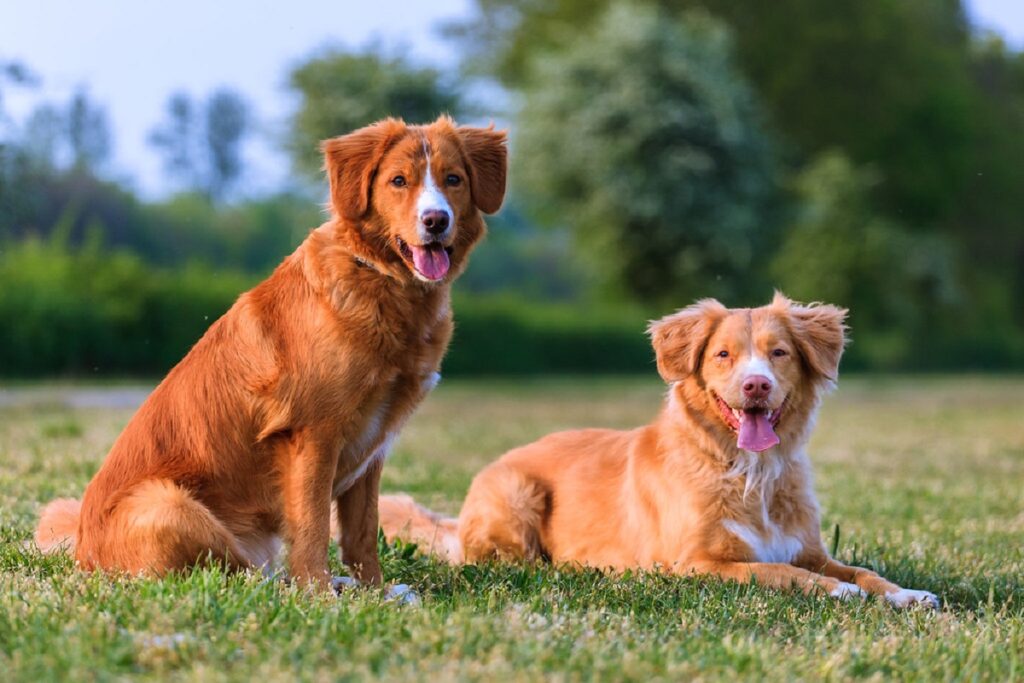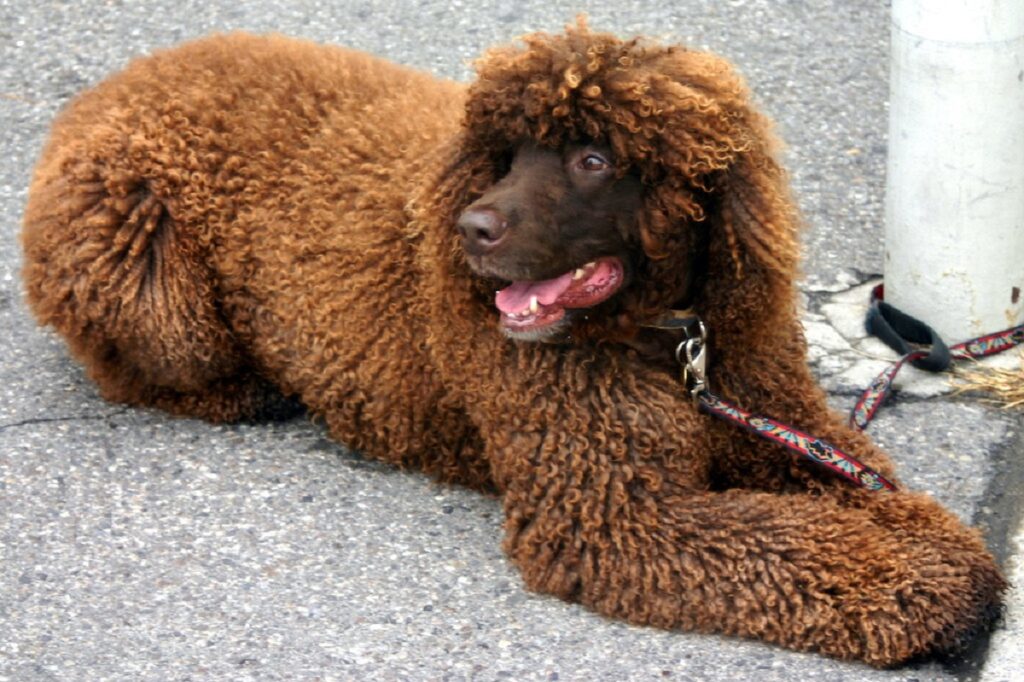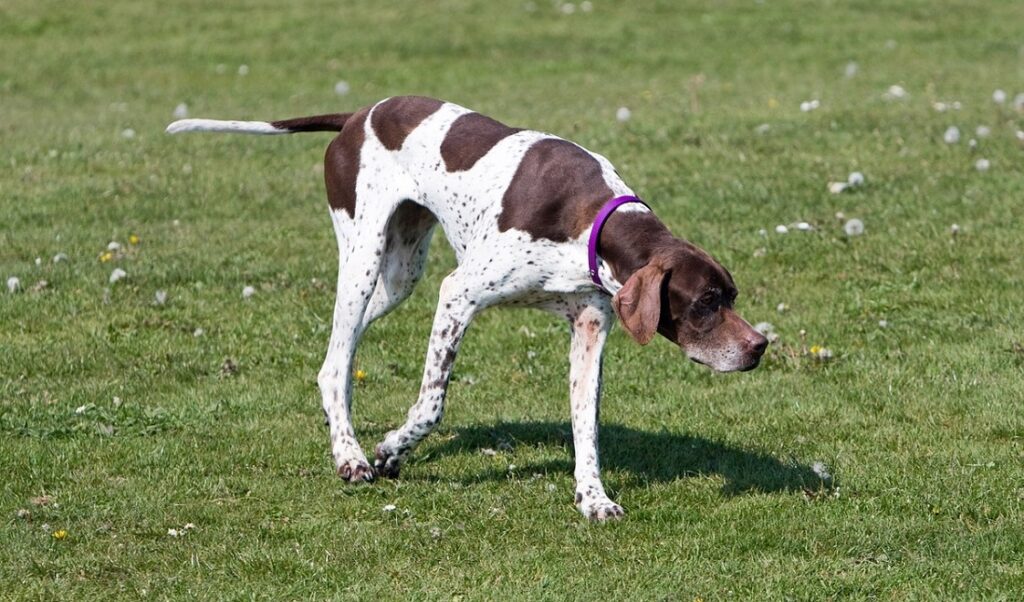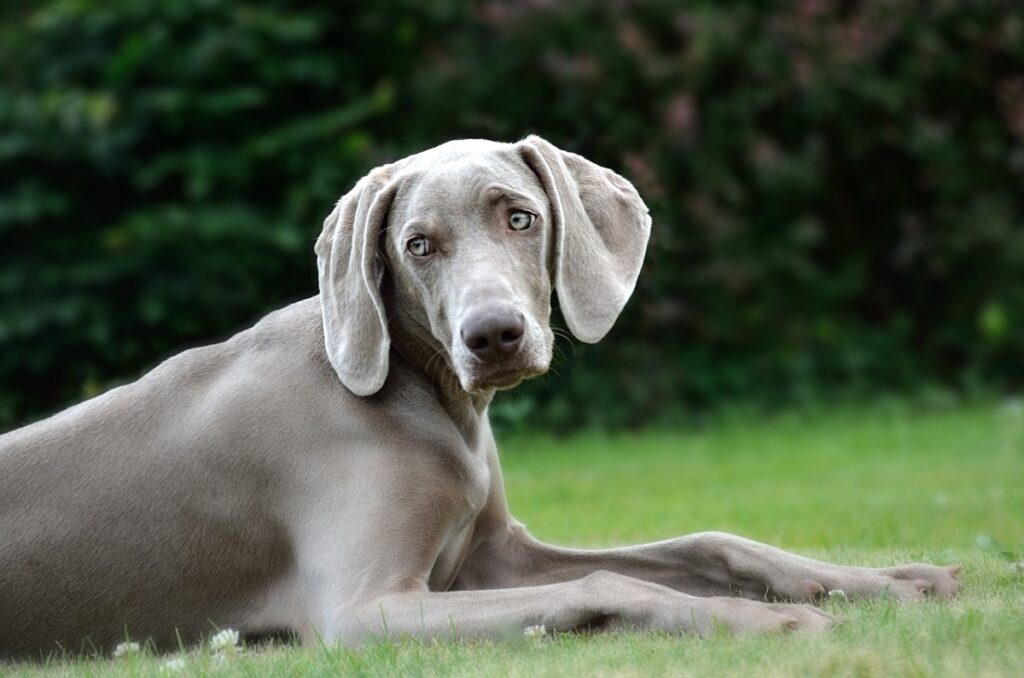The thrill of the hunt is amplified with a loyal, capable canine companion by your side. But with so many breeds, choosing the right hunting dog can feel overwhelming. This guide explores 19 of the best hunting dog breeds, covering a spectrum of skills from retrieving waterfowl to tracking big game. Whether you’re a seasoned hunter or just starting, discover the breed whose instincts and abilities perfectly complement your hunting style and preferred game. Prepare to meet your ideal hunting partner.
Driven. Energetic. Loving. Enthusiastic… All character traits of an incredible person. But we’re talking about hunting dog breeds, and they’re all that and more. Some of the most intelligent breeds that exist, we’ve broken them down to give you the facts on these precious pooches.
Hunting dog breeds are ancient. Hunters have needed them for eons and depend on them until this day. What makes them in a class of their own? Their resilience, endurance, and ability to work independently are just a few reasons why these are Superdogs.
They’re bred specifically for different reasons during the hunt, which we’ll get into, and hunters don’t forget temperament. Most want an exceptional companion animal to sweeten the deal. Here are those breeds that are happy to jump into action when you say the word.
Various Types of Hunting Dog Breeds
From the swift and silent hounds tracking scents to the sharp-eyed pointers and retrievers expertly fetching game, here we introduce various breeds that embody a rich heritage of working alongside humans in the great outdoors.
Hounds
i. Sighthounds
The American Sighthound Field Association was founded in 1972 and has its stakes in sighthound advocacy. Promoting lure coursing (no live animals involved), they seek to preserve and further develop the sighthound that relies on sight and speed for the hunt.
ii. Scent Hounds
Scent hounds generally hunt in packs using their noses to discover prey. They then either kill it or bark to alert the hunter. Floppy ears, to help gather smells from the ground, are their calling card.
iii. Lurchers
These dogs are crossbred between sighthounds and another working dog breed.
Gun dogs
Gun dogs came to the party late since they were trained much later than sight or scent hound breeds, who have relied on their instincts alone for many millennia.
Retrievers
With gentle (easy gripping) mouths and a passion for the sport, retrievers use their intelligence to retrieve prey via commands by voice, whistles, or hand gestures.
Setters
Setters help the hunter locate prey and flush it out. Their unique pose when they’ve found prey gives them their name.
Spaniels
There are land, water, and springing spaniels, depending on the prey, and spaniel dog breeds are especially diverse in their hunting abilities.
Pointers
These dogs do what they say – point at the prey when found for the hunter.
Water dogs
The water dogs are classified as retrievers in general but are so talented at hunting in the water, they’re often referred to this way.
Dachshunds
The Dachshund is a scent hound but is, of course, built quite differently than the medium- to large-sized dogs we think of as hunters. They use it to their advantage as they locate the holes of prey and flush them out.
Terriers
These smaller dogs hunt smaller prey and often work with other dogs, such as scenthounds, to complete the mission. They can even go underground to kill or flush out prey.
Curs
Curs are normally used to hunt large prey like cougars, boars, and the like.
Feists
Feists are used to hunt small prey like squirrels and use both sight and scent to aid them in the process.
Hunting Dog Breeds
Now, let’s venture into the diverse world of hunting dog breeds, each uniquely skilled in aiding hunters through keen senses and steadfast loyalty.
1. American Foxhound
| Group | Hound |
| Height | 21”-25” |
| Weight | 60-70 lbs. |
| Lifespan | 11-13 yrs. |
| Type | Hound |
Those long legs are everything. One of the rarest breeds in the country, as well as one of the oldest, the American foxhound’s muscular build and massive ears, make him an all-hound. With high energy, a high prey drive, and high endurance, you’ll need to work these tough dogs out sufficiently if they’re companion animals.
That illustrious howl will starkly identify them, so if you have close neighbors, you may want to re-think things. They’re also independent, and if they catch a scent, all bets are off.
On the plus side, American Foxhounds are gentle and get along with other dogs, children, and even cats if socialized properly. Still, if you have a cherished rodent living with you, this hunting dog breed may not be your first choice of dog.
2. Beagle
| Group | Hound |
| Height | Up to 15” |
| Weight | Up to 30 lbs. |
| Lifespan | 10-15 yrs. |
| Type | Hound |
(If you’re thinking “Snoopy,” so did we.) Right off the bat, this is an incredible companion dog. Precious and spunky, if you’re looking for your beagle, check outside, where he’ll probably be chasing scents.
They have a dense double coat, those telltale floppy ears, and usually come into our minds as being black, white, and tan, but there are many other colors. Beagles aren’t particularly protective but will alert you if something unusual gets their attention.
Their short coats shed moderately, so keep that brush handy to groom them about once a week. Baths can be given every four weeks unless your sweetheart has gotten into something, shall we say… disgusting. So get your skates on to stay on top of hair and their high need to exercise.
3. Boykin Spaniel
| Group | Sporting |
| Height | 14”-18” |
| Weight | 25-40 lbs. |
| Lifespan | 10-15 yrs. |
| Type | Spaniel |
Developed in South Carolina, US, they’re the official state dog there. They were bred to hunt from small boats; hence, they’re smaller than the average retriever.
Almost always a rich brown in color, they’re certainly head-turners. Patient and gentle with children, Boykin Spaniels may take a bit longer to warm up to strangers.
They have lots of stamina as a hunting dog and a companion animal, meaning someone with a high activity level would be their perfect guardian. Wonderful swimmers, these powerful dogs would love to accompany you on a kayak or boat. He’s also naturally friendly and curious, so keep an eye on him.
The Boykin spaniel was developed in the 20th century, which is rare and is named after a tiny South Carolinian town by the name of Boykin.
4. Black And Tan Coonhound
| Group | Hound |
| Height | 23”-27” |
| Weight | 65-110 lbs. |
| Lifespan | 10-12 yrs. |
| Type | Hound |
Solid, muscular dog, the black and tan coonhound, was developed in America in the 18th century from a cross between the bloodhound and the black and tan Virginia foxhound.
As “coon” hunters, they’re a ball of energy and need vigorous daily exercise to keep them happy and healthy. However, they love to relax with their human family with the best of them, so when they’re worn out, you’ll have a magnificent buddy on your hands.
This breed has what’s called a “cold nose,” meaning they can track a trail even when it has “gone cold.” Having been bred to hunt raccoons, opossums, and the like, their hunting is generally done at night, so they rely heavily on scent.
In 1945, the black and tan coonhound was the first of its breed to be recognized by the AKC.
5. Bloodhound
| Group | Hound |
| Height | 23”-27” |
| Weight | 80-110 lbs. |
| Lifespan | 10-12 yrs. |
| Type | Hound |
You’d be hard-pressed to find a sweeter dog to live with or a more spectacular scent hound. In fact, they have the most scent receptors of any dog at 300 million (Compare that to a human’s at a measly 5 million. Not even close.)
Excellent search and rescue dogs; they’re employed by law enforcement for their tracking abilities that have rescued good guys and bad. The famous bloodhound Nick Carter (impressive name) had more than 650 finds under his belt, including evidence that prosecuted 126 criminals. Astonishingly, a bloodhound’s findings can be used in a court of law.
At home, this breed is gentle and excellent with children, other dogs, adults, and seniors. Their soulful eyes, wrinkled faces, and droopy ears make you love them just by looking at them.
6. Chesapeake Bay Retriever
| Group | Sporting |
| Height | 21”-26” |
| Weight | 55-80 lbs. |
| Lifespan | 10-13 yrs. |
| Type | Retriever/Gun dog |
If you haven’t noticed yet, these larger hunting dogs have longer lifespans than a lot of other dogs the same size that don’t have the same abilities. This could be due to their active lifestyle and genes.
The Chesapeake Bay retriever’s thick, wavy, double coat is weather-resistant since they were developed to work in frigid, icy waters off the coast of Maryland and Virginia, US. The breed has been Maryland’s official state dog since 1964.
Their temperaments are loyal, affectionate, and protective. They can also have a dominant streak, so be sure they know you’re in charge. Chessies are high-energy and need lots of exercise, like hiking, jogging, and dog sports (agility, dock diving, etc.).
Chesapeake bay retrievers interact well with other dogs and cats as well. Since they might be protective of the family, you might give them time to get to know strangers. Early socialization, as puppies, can teach them that someone may be new but not dangerous.
7. English Setter
| Group | Sporting |
| Height | 23”-27” |
| Weight | 45-80 lbs. |
| Lifespan | 12 yrs. |
| Type | Setter/Gun dog |
These beautiful specimens, bird hunters, were developed in England centuries ago to locate game. When this task was accomplished, they would crouch/set to alert the hunter. As guns became popular, this bird dog was later trained to have an upright setting stance.
English Setters also perform well as show or agility dogs. Highly active, they’d be in heaven on a farm with plenty of room to run. They wouldn’t thrive with city living unless you made frequent trips (daily) to hike or jog.
They’re incredible companions as they’re easy-going and quite affectionate. Be prepared for at least twice weekly brushing sessions since their double coats are medium shedders but “blow” (shed) heavily twice a year. Devoted and even-tempered, English setters make wonderful family companions.
8. English Springer Spaniel
| Group | Sporting |
| Height | 19”-20” |
| Weight | 40-50 lbs. |
| Lifespan | 12-14 yrs. |
| Type | Spaniel/Gun dog |
Those fluffy ears… Those eyes… That hair… The English Springer spaniel has many combinations of coat colors and is a true beauty.
Centuries-old, their origin pre-dates written records. Suffice it to say, English Springer Spaniels were developed in Spain a really long time ago. Romans, using trading ships, introduced them to the British Empire.
Moving through the brush to flush out birds from their hiding spots, this breed would then retrieve it when it was shot. Agile, strong, and muscular, they’re just as devoted, gentle, and loving at home with their families.
Extremely active, the English springer Spaniel needs vigorous daily exercise, physically and mentally, so go for interactive toys and treat puzzles. This strong breed is friendly with strangers and doesn’t make the best guard dog, but he’ll welcome the next-door neighbor like a champ.
9. German Shorthaired Pointer
| Group | Sporting |
| Height | 21”-25” |
| Weight | 45-70 lbs. |
| Lifespan | 10-12 yrs. |
| Type | Pointer/Gun dog |
This sleek-looking and muscular breed is a jack of all trades. They can retrieve, point, and perform a number of other hunting tasks proficiently with ease. Hunting waterfowl, rabbits, birds, raccoons, and even deer comes naturally.
They’re easily trained; however, due to their high intelligence, they can get bored while receiving commands, so be consistent. Affectionate and loyal, they make the perfect family pet.
The German shorthaired pointer was developed in the 17th century, but today’s breed is closer to being connected to the great hunting dogs in the 19th century. In 1968, three of the top four finishers at the AKC National Field Trial Championship won conformation championships.
With their webbed feet and water-resistant coat, they are naturals in the water, adapt well, and respond quickly to commands – spot-on as hunters.
10. German Wirehaired Pointer
| Group | Sporting |
| Height | 22”-26” |
| Weight | 50-70 lbs. |
| Lifespan | 14-16 yrs. |
| Type | Pointer/Gun dog |
Not as sleek as the shorthaired pointer but just as cute, this breed has a scruffy, wiry coat and a sturdier build. That bristly double coat has a purpose and protects them from thorny underbrush. It’s also weather-resistant and water repellent which makes him set for the hunt. German Wirehaired Pointer dogs are the ideal sporting dog and perfect for hunting excursions.
You’ll see them in three colors: Liver, liver and white, or black and white. They were developed in Germany in the 1800s and are equally talented at pointing, retrieving, and scenting on land or in the water.
Since German Wirehaired Pointers generally “attach” to one person, they would be great for a single guardian or a couple. They interact well with children but can be too rowdy for them to be safe. Also, other dogs and cats might be seen as a nuisance to them. You can’t have everything!
11. Golden Retriever
| Group | Sporting |
| Height | 21.5”-24” |
| Weight | 55-75 lbs. |
| Lifespan | 10-12 yrs. |
| Type | Retriever/Gun dog |
Made for the water, the hunt, and to be your cherished friend, this is probably the most recognizable dog on this list (besides the Labrador retriever, but we’ll get to him later). They’re friendly with seniors, children, cats, dogs… They could probably get along with a fence.
You’ll need to take their grooming brush to bed with you (little joke) since they’re heavy shedders and need to be brushed every other day. I pet-sit for a golden, who is perfectly wonderful, and his furballs are as big as mice.
Golden retrievers have a gentle grip called a “soft mouth” since they were bred to retrieve downed birds they carry in their mouths without damaging them. They’re often used for search and rescue responsibilities and are regularly chosen to be assistance/service dogs, including guide dogs for the blind. What’s not to love?
12. Irish Setter
| Group | Sporting |
| Height | 25”-27” |
| Weight | 60-70 lbs. |
| Lifespan | 12-15 yrs. |
| Type | Setter/Gun dog |
This chestnut, mahogany, or red dog doesn’t retrieve gunned-down prey; rather, he helps the hunter find prey and flush it out using both scent and sight. The Irish setter’s distinctive pose is that much more stunning combined with its natural beauty.
Irish Setters, like the golden retriever, just like to get along with everyone and make awesome family companions. They’re even-tempered and will be the best playmates for the kids, too.
The Irish setter was developed by Irish huntsmen in the 1800s to cover large swaths of land in the countryside as they hunted. These speedy dogs enjoy dog sports like tracking, rally, agility, and obedience competitions.
13. Karelian Bear Dog
| Group | Foundation stock |
| Height | 19”-23.5” |
| Weight | 44-49 lb |
| Lifespan | 11-13 yrs. |
This spitz-type breed was developed to hunt brown bears, moose, and wild boar. He’s courageous, no doubt. They’re quite common in their native home of Finland, but the US doesn’t see many of them. They are, however, used in Washington State and Yosemite and Glacier National Parks as a non-lethal way to control bears.
They were originally used as hunting dogs by Russian and Finnish peasants.
With keen noses, they do their jobs flawlessly while bonding tightly with their guardian. As a companion, they’d rather be with humans than with canines, so you wouldn’t want to frequent the dog park with them.
14. Labrador Retriever
| Group | Sporting |
| Height | 21.5”-24.5” |
| Weight | 55-80 lbs. |
| Lifespan | 11-13 yrs. |
| Type | Retriever/Gun dog |
Does anyone not know this breed and its devotion to people? But did you know they’re fantastic hunters, too? Not just any dog, but the best gun dog, this family dog breed has been at the top of the hunting pack for as long as it has existed.
The Labrador retriever was developed as a water dog in Newfoundland, and then the British bred them as upland game-hunting companions.
They excel at:
- Waterfowl and game hunting
- Retriever field trials and hunting tests
- Service dog work
- Therapy services
- Search and rescue
- Bomb detection
And I could go on.
Having a tremendous amount of energy, they need a swimmer, hiker, or jogger as their guardian. (You get the gist.)
15. Jack Russell Terrier
| Group | Terrier |
| Height | 13”-14” |
| Weight | 13-17 lbs. |
| Lifespan | 13-16 yrs. |
| Type | Terrier |
In the early 1800s, the Jack Russell terrier was originally bred in Australia to hunt foxes and rodents. Due to their size and speed, they’re surprisingly accurate at hunting small game and are thrilled by the hunt.
Their tendency to bark makes them excellent watchdogs and great hunting partners. They love people, and the more time they get to spend with them, the better. Their high-energy plus prey drive equals a dog who needs lots of exercise.
Be sure they’re leashed, or they’ll be off in an instant sniffing whatever’s close by, including humans. They were given recognition by The Kennel Club (UK) in 2016.
16. Nova Scotia Duck Tolling Retriever
| Group | Sporting |
| Height | 17”-21” |
| Weight | 35-50 lbs. |
| Lifespan | 12-14 yrs. |
| Type | Toller (to entice or pull the waterfowl within range)/Retriever/Gun dog |
According to the Gun Dog Magazine, “The toller comes very close to being the perfect canine companion for today’s all-around marshes and meadows slogger…” This medium-sized dog knows what he’s doing and does it well.
They love country living, especially if it involves lots of activity since they’re highly energetic. They’re playful and delightful to hang out with.
Their job description is to lure ducks with their wagging white-tipped tails, find them when killed, and then retrieve them back to the hunter.
They get along with older children but may be too active to be around the little ones.
17. Irish Water Spaniel
| Group | Sporting |
| Height | 21”-24” |
| Weight | 45-68 lbs. |
| Lifespan | 12-13 yrs. |
| Type | Spaniel/Water dog/Retriever |
If there’s a puddle nearby, this spaniel will be splashing in it. They’re playful, spirited, and highly trainable. Around since the 1830s, and of course, from Ireland, they were bred to retrieve game.
Their “rat tails” certainly mimic them, and their water-resistant coats protect them from the elements. They’re beautiful dogs with poodle-like fur. With sufficient training and socialization, they can be fantastic companion animals. If you’re into water sports, this is your dog.
The tallest of the American Kennel Club spaniel breeds, they recognized the Irish Water Spaniel breed in 1878.
18. Pointer
| Group | Sporting |
| Height | 23”-28” |
| Weight | 45-75 lbs. |
| Lifespan | 12-17 yrs. |
| Type | Pointer/Retriever/Gun dog |
Great with other dogs, affectionate with family members, and stranger-friendly, they’ll need to be supervised with kids (as with all other dogs). Their pointing stance, which looks a little like the college football Heisman trophy, is graceful, confident, and something to see.
Highly energetic, you’ll be hard-pressed to keep up with Pointers. Their short, pretty coats require minimal maintenance and stay healthy with a weekly brushing.
Before rifles made their appearance, British pointing dogs would hunt rabbits in tandem with coursing hounds, with the other hounds giving chase.
19. Weimaraner
| Group | Sporting |
| Height | 23”-27” |
| Weight | 55-90 lbs. |
| Lifespan | 10-13 yrs. |
| Type | Gun dog |
As friendly as they are fearless, Weimaraner puppies are often born with brindle coats rather than the standard blue, gray, or silver gray. Speaking of which, you can hardly find a more beautiful coat color in a dog.
This cool dog breed doesn’t like being alone and can develop separation anxiety without proper training. With their high prey drive, homes with cats or smaller pets would not be the perfect fit for them, but they’ll love their humans to death.
Called the “Gray Ghost,” this was due to the German policy of allowing only 150 members into the breeding group until the 1900s.
FAQs
What Is the Most Fearless Hunting Dog?
Due to the nature of the sport of hunting, every hunting dog is courageous and fearless on the hunt.
Which Dog Is Best for Hunting?
It depends on which type of hunting is happening. There are large and small prey, water and land hunting, and different types of specialties (pointing, retrieving, setting, etc.)
What Are the 8 Major Dog Groups?
- Hounds
- Retrievers
- Setters
- Spaniels
- Pointers
- Terriers
- Curs
- Feists
Conclusion
Fearless, driven, eager to please, loyal, and affectionate, hunting dog breeds — bird dogs, large mammal breeds, retriever breeds, etc. — are in a class of their own. With tireless dedication to people and the hunt, these dogs will be around until the end of time.
“Activity” is their middle name so your cooperation to vigorously exercise them will help them live happy, healthy lives. Athletic types, why don’t you go adopt one? And be prepared… These hunting breeds will have their game faces on.
Hunting dogs showcase a remarkable diversity, each breed tailored to specific game and terrain. From the tireless stamina of hounds pursuing scent trails to the retrieving prowess of retrievers in water and fields, these specialized canines are invaluable partners. Choosing the right hunting companion depends on individual hunting styles and the target prey. Proper training and socialization are crucial to develop their innate abilities and ensure a safe and ethical hunting experience, fostering a strong bond between hunter and dog.

